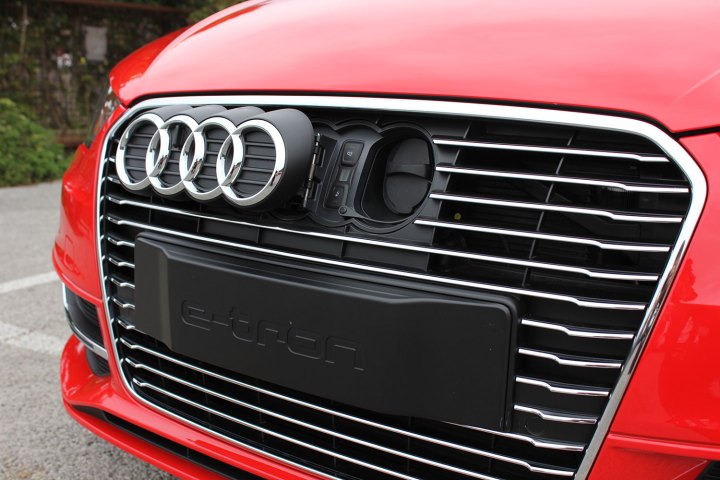
“The intelligent car can unfold its enormous potential only in an intelligent city,” Audi chairman Rupert Stadler said of the program at the Smart City Expo World Congress in Barcelona. The memorandum he jointly signed with Somerville Mayor Josef A. Curatone calls for the development of an “urban strategy” that makes use of networked cars.
Somerville is undertaking a large redevelopment project in its Union Square area, and Audi plans to install networked traffic lights there, and build parking garages designed for self-parking cars. The automaker claims these cars will be able to park closer together, allowing 60 percent more vehicles to fit in a given space compared to manually parked cars.
Audi claims this will eliminate the need for on-street parking in Union Square, freeing up more space and getting slow-moving cars trawling for spaces off the street. The parking garages will also be located further away from the city center in areas that are less attractive for other kinds of development, Audi says.
In addition, Audi is working with real-estate developer Federal Realty Investment Trust to integrate self-parking cars into a mixed-use development in Somerville’s Assembly Row neighborhood. The developer hopes use of self-parking cars will reduce the amount of land needed for parking spaces, freeing it up for other uses. A fleet of self-parking cars could save up to $100 million, Audi believes.
The carmaker also envisions a fleet of vehicles in Assembly Row managed collectively through a car-sharing program, which could theoretically reduce the total number of vehicles needed to serve residents in the development. The project is located near public transit, which of course attacks the problem of car-based urban congestion more directly.


